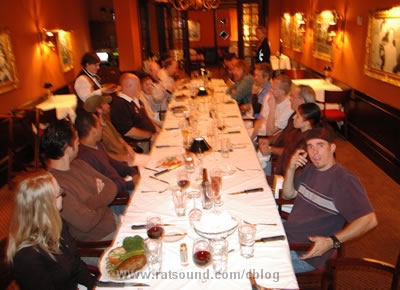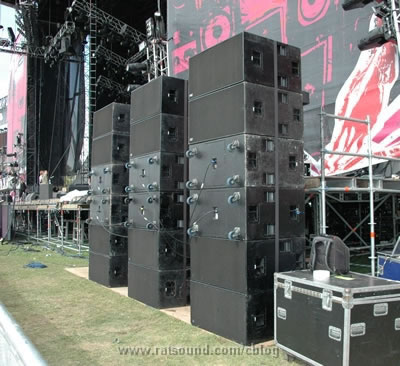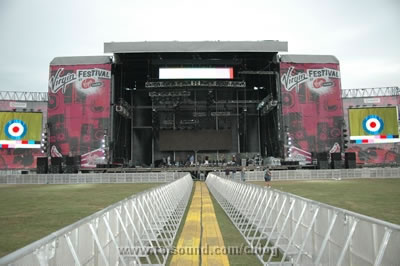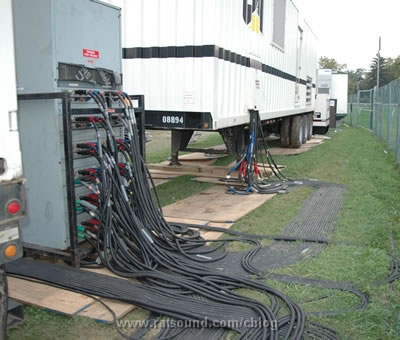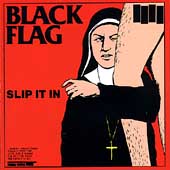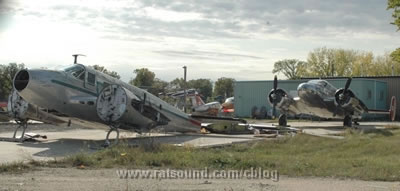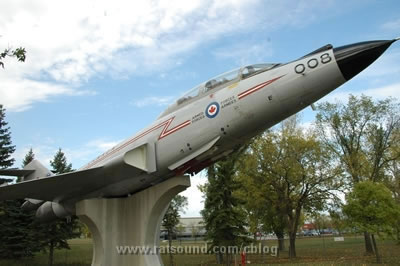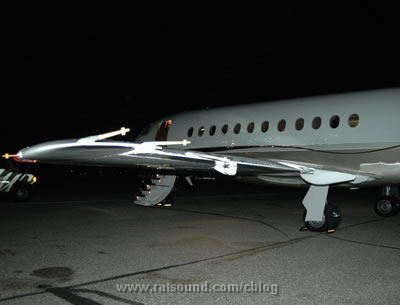The Toronto shows, all good! I am currently immersed in researching the effects of temperature and humidity on sound of rock shows. And the strange coincidence, though unrelated, that the Toronto shows varied from too cold to an over compensated too hot is a perfect opportunity to share.
In the not to distant future the sound nerd speak below will evolve into a bit more technical article for a sound magazine. In the mean time, here is a sneak peak at my most recent mind binge into the concepts of sound.
**** Sound Nerd Speak Special ****
It's getting hot in here so let's take ............
The Thermodynamics of a Rock Show
into consideration.
Ambiance, environment, connection. I have mixed sub freezing rock shows and insanely hot ones. The effects of temperature and humidity upon the audience's perception of the event, can be dramatic. Beyond the human experience of intensity, comfort or sweaty overload, the thermodynamics of a rock show have a surprisingly complexly and interesting effect on the actual sound we hear.
The technical side of understanding the sophisticated concepts of the what 'hot and humid' does to the sound cruising around inside a venue would require a big pile brain hurting thinking, (my job) but for now, I will spare you that part. Instead, I will divide the mess up into three somewhat simple adventures that the those sound waves get to journey through.
1) Muggy and Struggling. When it is humid, all those little waters in the air like to absorb the high notes. The really strange thing is that a little humidity is makes the sound very dull but a lot of humidity only makes it moderately dull. This 'humidity absorption of sound' issue is a major factor in causing the sound to be muddy sounding up in the nose bleed seats. Achieving zero humidity is tough except in the desert or sub freezing gigs, so going the other way is best. Having the venue above 40% humidity is all good!
2) Skipping and Jumping. Have you ever gone to a lake and skipped flat stones across the water's surface? It is all about velocity and angle of incidence. Too slow of a throw and under the water the rock goes. Too steep of an angle and the rock dives in the drink as well. Well, our 'rock' funny enough does a similar thing! And though our 'rock' is music, the sound waves actually will and do reflect/refract/deflect, off of thermal/humidity layers. Where do we get a thermal layer in a rock show you ponder? Aside from the thermal underwear layer, how about 15,000 happy dancing heater humans often take it upon themselves to form that steamy pool of warmth. Velocity and angle of incidence. Sound already has the velocity part built into it and travels at around 1200 feet per second. So that means 'angle of incidence' becomes our focus.
The mantra "We will fly the PA, we will fly it every day!" To be sung with the emphasis on the the words "fly."
Flying the PA means hanging it from the ceiling versus the not so great alternative of stacking the sound system on a riser. The two main reasons to fly are; firstly it helps with sight lines (PA between audience eyes and band = bad) and secondly it improves the 'angle of incidence' that the sound hits the listeners, to a steeper angle. Unlike throwing rocks skipping across a lake though, we do not want our sonic rock to skip over the heads of our heater humans. By hanging the PA way up high it improves the ability for the sound to penetrate the thermal layer and reach the desiring ears below.
3) Wet and Fast. So hopefully all that was not too complex. Now the clincher is that sound does not always travel at the same speed. Hotter air = faster sound, increase humidity = faster sound, lower altitude = faster sound. That means a rock show on the beach in the equatorial humidity and heat of Costa Rica is going to have some fast sound. Especially compared to a sub-zero temperature, zero % humidity of rock show on the slopes of a ski resort. In the real world rock show venues sound only changes speed about 8 % or so from one extreme gig to the other. For direct sound from the speakers to your ears, the sound's speed does not really matter much. It is when the direct sound combines with indirect sound that has bounced off of a wall or the roof, that we run into issues. In the cold room with slow sound, two particular sound waves may combine together in a positive way (in phase) adding together and increasing the volume at that frequency. In the hotter faster sound traveling room, the indirect sound which travels a longer distance, shaves more time off its journey than the direct sound does and the waves will combine differently possibly now in a negative way (out of phase) reducing volume.
All in all what this all means is that no matter how long we sound check and how much we measure an empty room, the sound of the rock show is ultimately determined by many constantly changing factors that often change the sound completely. Some factors we can control, some we can not. How many people? How active will they be? What clothing will they wear? 10,000 skin heads you say, yikes reflective heads! Heating vs AC inside the venue? And on and on they all intertwine to create each day, a unique sonic landscape. It is that uniqueness, that interaction between so many aspects of the audience, venue and band that one more thing to make every live rock show truly unique and hopefully magically memorable experience.
What it also means is that warmer and humid environments tend to be more acoustically stable than chilly ones. Cold is drafty, sterile and often crisp and edgy sounding. The hot liquid atmosphere of a muggy rock show not only speeds up the sound, it also seems to enhance that connection between the performers and those immersed in the performance.
Ohhh an I love that delicious excitement of that first note, the tones, the balances the volume and the intensity of when the band first walks on stage. One of the biggest challenges any sound engineer faces is to have the sound come up clear balanced and correct at show time.
**** End Sound Nerd Speak Special
Today was study day, so no pics for you but I will saturate you in them soon enough.
The immersed in thought,
Dave Rat
TMAFMMLIIML!
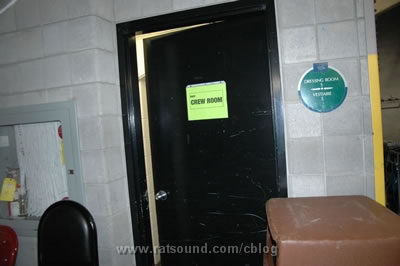
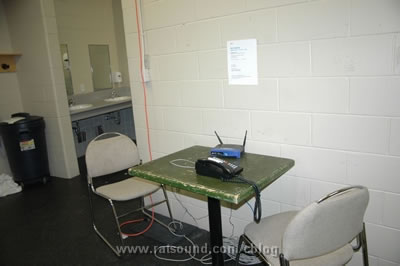
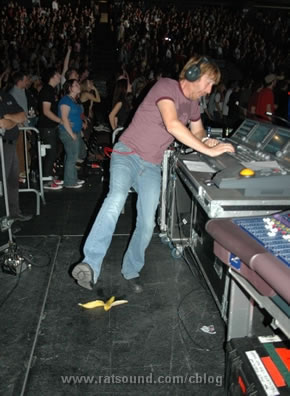
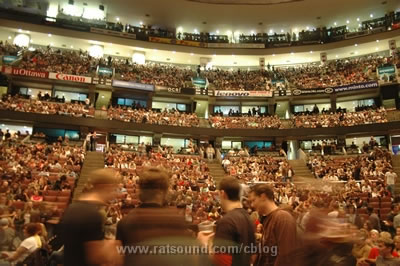
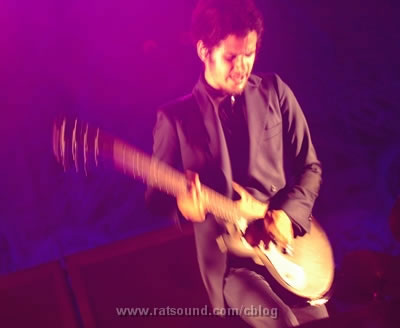
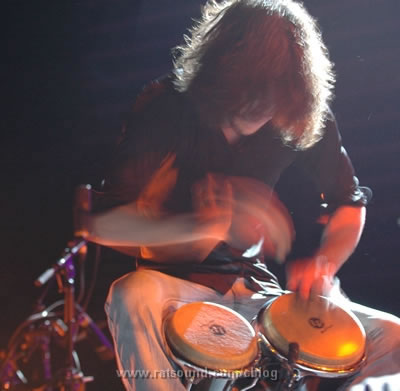
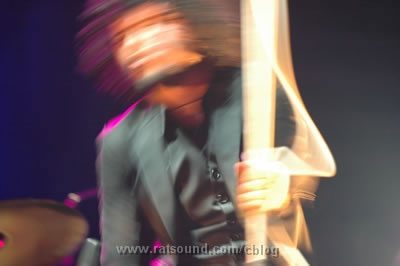
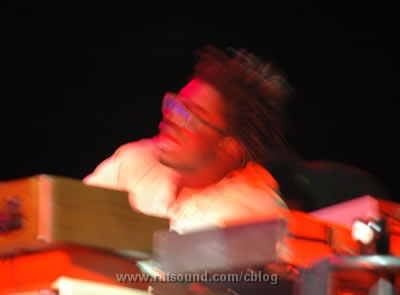
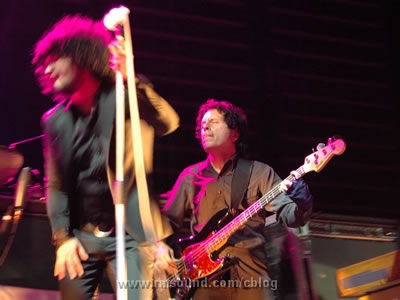
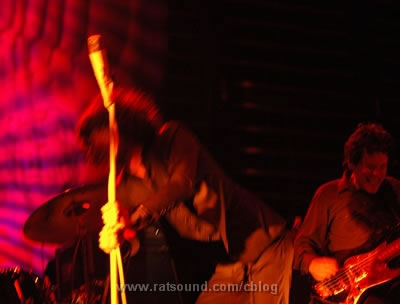
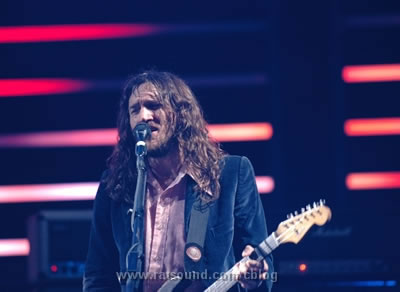

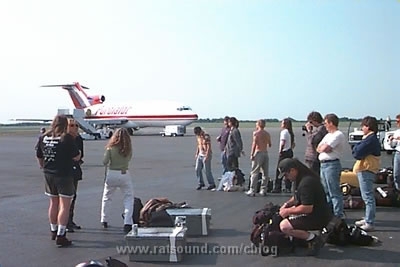
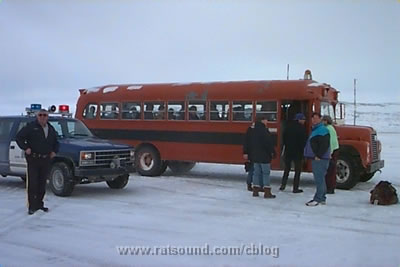
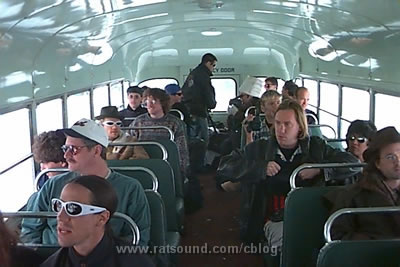
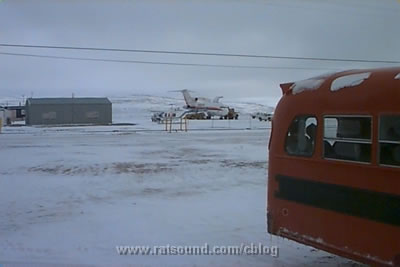
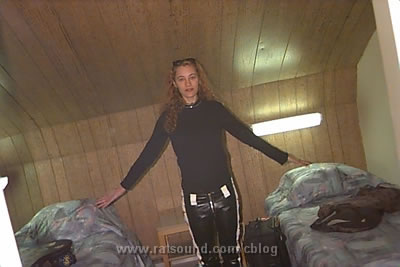
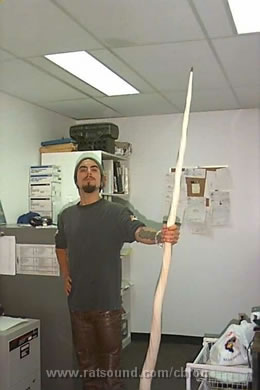
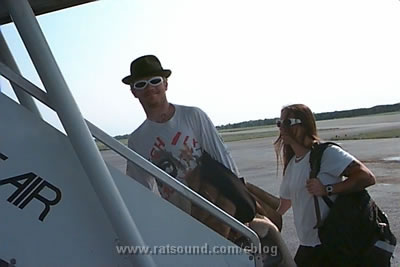
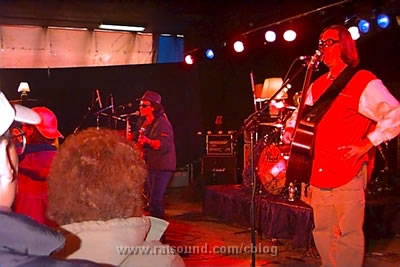
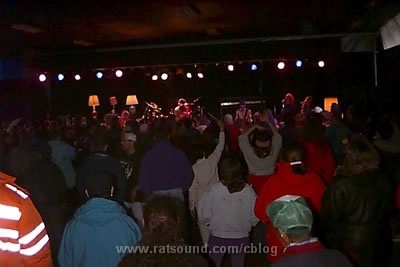
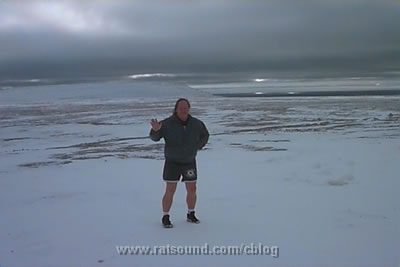
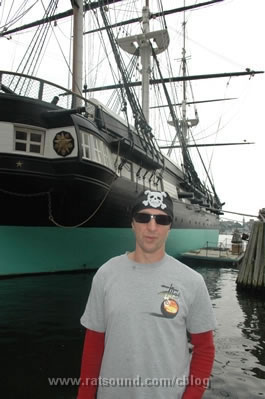
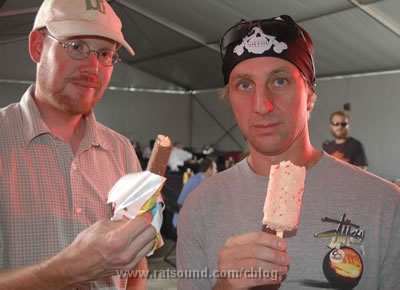
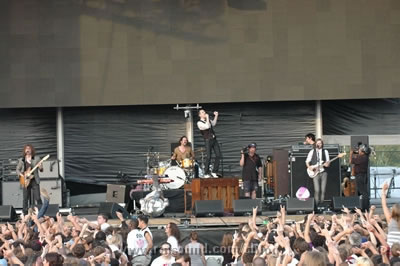
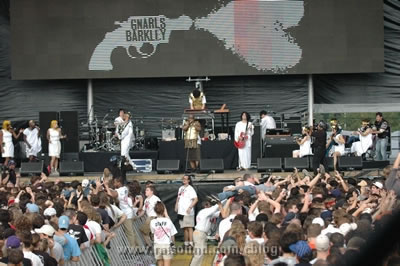
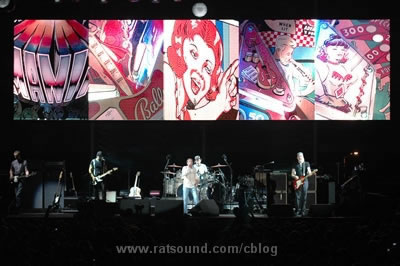
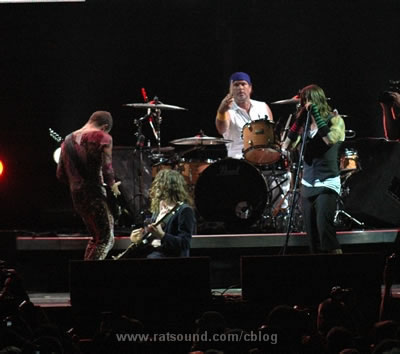 .
.